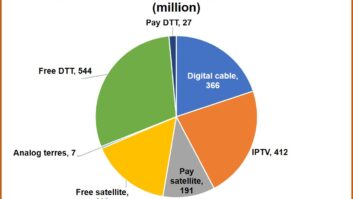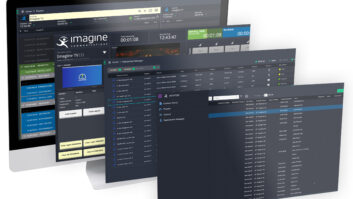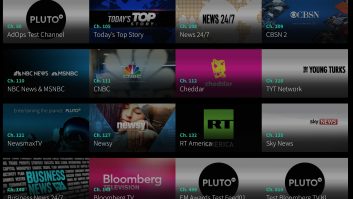Up to now, broadcasters and content owners were only dealing with multiscreen as a secondary VoD or catch up service. For many, this ‘second screen’ is becoming their primary means of viewing content, requiring live parallel programming to all screens. This resulted in a high-quality viewing expectation from consumers irrespective of the viewing device and has challenged early deployments of software-based live solutions. Many operators are finding that today’s hardware-based transcoding technologies are more adept to support these new live delivery applications.
Software transcoding solutions were designed to easily adapt to new technology trends, but have performance tradeoffs for live transmission. They were not initially designed to support live delivery where high video quality and steadfast reliability with high overall QoS has long been the mantra of operators for live applications. At that time, transcoding was being used to bring the broadcast space from a tape- to file-based workflow for archive and file to file-based processing for non-live applications such as VoD and CUTV. Despite significant improvements to improve time versus quality for software, it still falls short of the criteria required for live delivery.
For most, however, software still remains an acceptable solution for non-live video processing. Hardware-based solutions can employ embedded processing for video on Silicon chip-based hardware, which improves video quality and offers higher processing capability than typical CPU-based solutions, providing picture perfect results when producing profiles for all screens simultaneously with synchronised delivery to the network.
Another factor that makes hardware an asset when dealing with live applications is the capability to aggregate content and distribute multiple video formats for all devices over any live carrier network from a single platform. Additionally, one of the biggest issues with multiscreen and OTT is content rights protection, particularly when major networks or providers are sending out assets with DRM/CAS embedded that then need to be transcoded by the specific re-distribution carrier.
It is imperative that encoding solutions allow carriers to compress the baseband HD/SDI feeds directly from major providers or from its own studio feeds to profiles, format and resolutions suitable for all screen delivery in addition to transcoding. This ensures that content is protected to the device in the network, whilst providing greater control and flexibility of assets onward for re-distribution, potentially removing the need for further video processing and transcoding in the distribution chain.
Both hardware-based and software-based transcoding have their place in a multiscreen workflow, it is just a matter of understanding each solution’s’ strength. There are also cases, as when working in a cloud- or pool-based situation, where a combination of hardware and software are ideal. The hardware solution can create a high-quality mezzanine from the live broadcast that can then be used by software-based transcoders to process the assets in a file to file-based domain, creating balance for high-end operators that wish to make the right choice for the right application.







